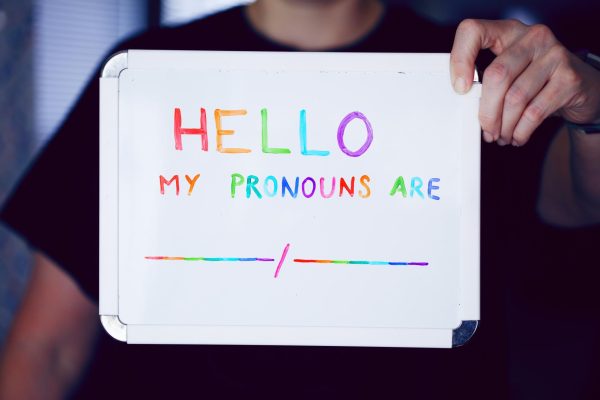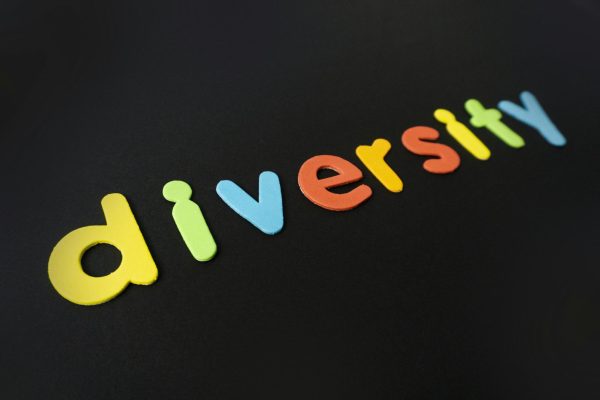The Growing Re-rise of Racist Violence and White Supremacy in the U.S.

Photo Courtesy of: ted.com
In the United States and across the globe, there are social issues that continue to plague us. One of the largest of these is the ever-changing form of racism.
While we may be long past the horrors that were committed by groups such as the KKK in the 1800s, racism persists, in part because it is changing to fit today’s more respectable and accepting moral values.
In the past few years, we have seen a clear surge of racial violence in the United States, with an increased number of protests and the media attention they attract. It’s clear that racism is on the rise once again.
Although called “overly cynical,” Kevin Phillips, a political strategist and publisher of “The Emerging Republican Majority,” in the 1960s came up with what he called the Southern Strategy: an appeal to disaffected whites with oftentimes coded, but sometimes overt, racist messages.
“[The strategy is based on] the hostility of Irishmen, Italians, and Poles, whose ethnic traits were conservative, towards Jews, Negroes, and affluent Yankees, whom history had made liberal,” he wrote. It was a strategy adopted by racists in order to boost their support and pave the way for less subtle, more violent racism.
If we view this ideology through a modern lens, however, we can see its significance. Racism today is less often overt and acts as a disguise.
The effects of Phillips’s Southern Strategy can be seen in modern times by looking at how racism has changed. It acts as a disguise, which subtly leads people who aren’t minorities or aren’t as passionate about social issues to be indifferent to them.
Such indifference mixes with other feelings that are more genuinely racist, allowing people with more hateful feelings to go unnoticed.
Believing they are invisible or better then minorities, racists make subtle yet tactless “jokes” at the expense of minorities that go unnoticed. These racists feel that they are above minorities, making such statements just because they feel they can.
There is a clear sense of hostility from racists that creates an atmosphere of hostility that the public doesn’t notice. When an individual responds to these racist remarks, racists then brand them as “overly sensitive.” These blown-off “jokes” are where racism resides.
By changing the manner in which individuals view racism, those who are more indifferent or not as affected by it can get a better grasp on how important the issue of racism is.
If we as a Western community fail to identify these so-called jokes and other microaggressions, we give white supremacists the opportunity to bring back more overt, physically destructive forms of racism.
Indeed, we saw that happen with the Unite the Right rally in 2017, when white supremacists and counter protesters clashed, leading to violent beatings, many injured, and one dead.
No matter the time period or form it takes, racism will always be prevalent in the United States.
Issues regarding race sadly aren’t helped by President Donald Trump, whose behavior has only exacerbated the situation, calling Mexicans “bad hombres” and attempting to repeal DACA.
We need to actively call out the president for these subtle forms of racism. Otherwise, we leave the door open for far worse, as the many violent rallies that have occurred in the past show.






Sandra Aguilar • Jan 31, 2020 at 11:55 am
Thank you Edgar for writing this piece and addressing such an important topic. We need to have these conversations, and confront our own prejudices so that we can at least be aware of the consequences of racism both in terms of culture and micro aggressions, but also at an structural level.